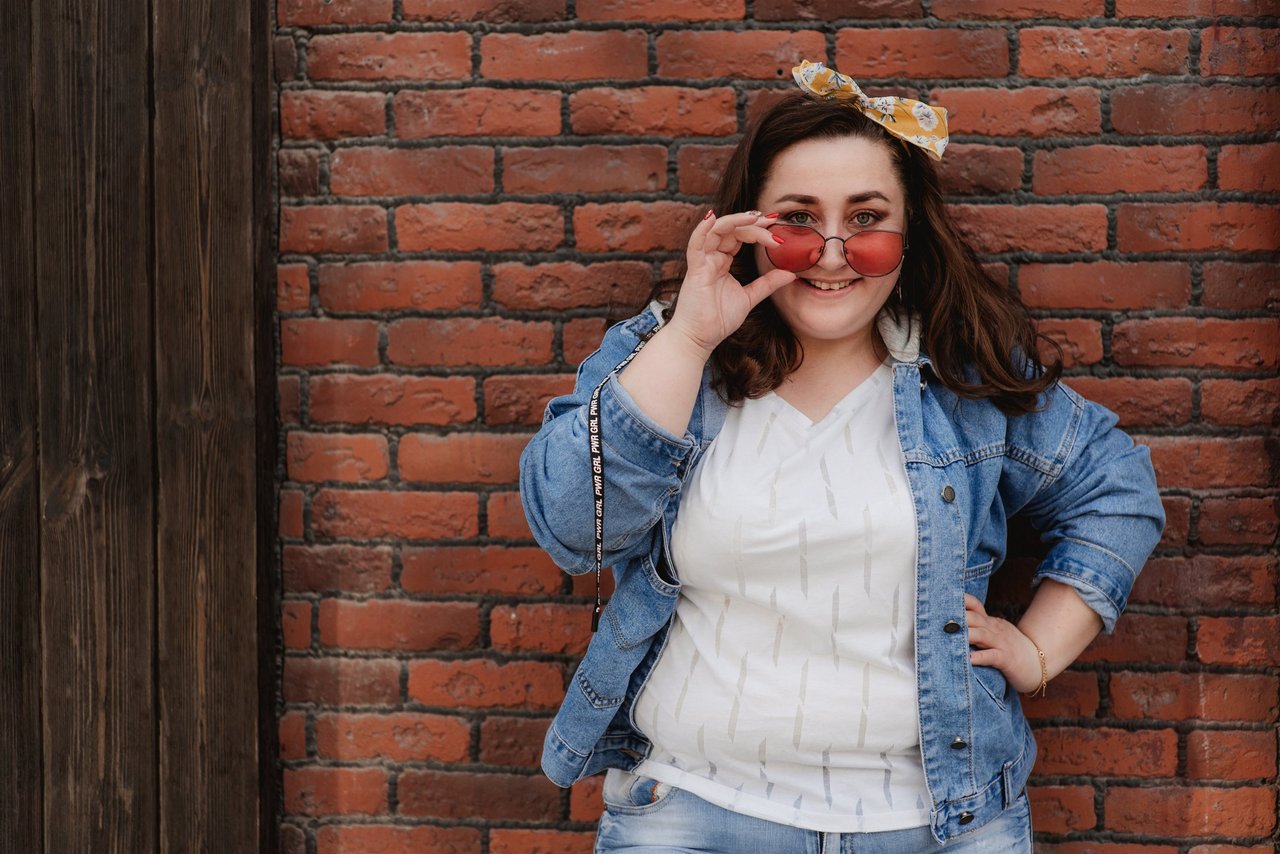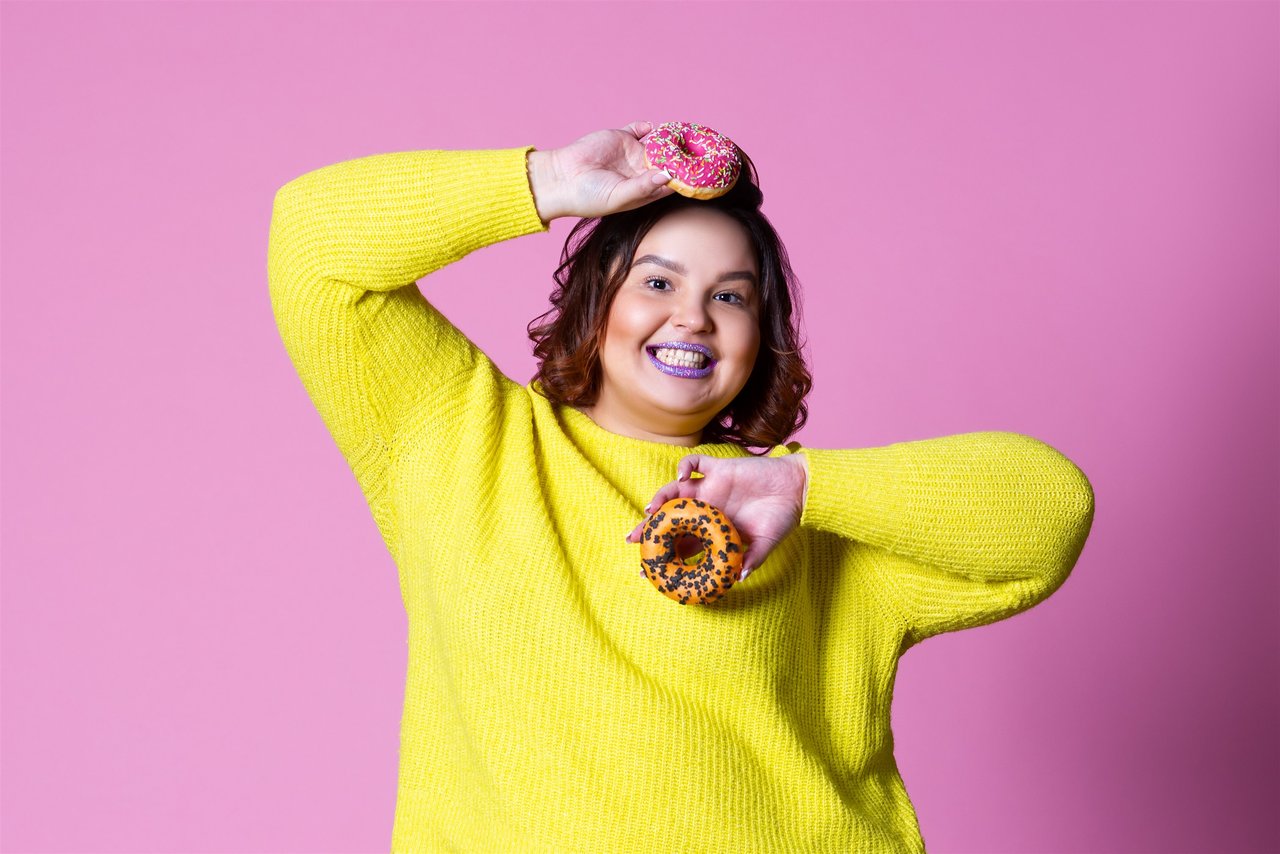What Is a Curvy Woman and How Does She Differ From Plus Size?
A curvy woman refers primarily to a female body shape characterized by well-defined proportions between the bust, waist, and hips. Most commonly, this is represented by an hourglass figure, where the waist is notably narrower than the bust and hips, creating a balanced silhouette. Contrary to popular misconception, being curvy doesn’t automatically mean being plus size. While plus size refers to clothing size and generally indicates a fuller body beyond standard sizing, curvy describes the overall shape and the natural presence of curves. Curvy women often have an ample bust and hips with a smaller waist, which is why body confidence and femininity are so closely tied to this figure. Historically, beauty standards have evolved significantly. For centuries, curvier figures symbolized health, fertility, and abundance—traits visibly celebrated in art and culture. Think Renaissance paintings or classical sculptures where fuller figures were the ideal rather than the exception. In recent decades, societal beauty standards shifted toward thinner silhouettes, but current trends in body positivity and self-love emphasize embracing natural curves again. Today’s cultural shift restores appreciation for curvy women as embodiments of timeless beauty and healthy femininity, offering a deeper connection to authenticity rather than an unattainable norm. Famous figures with curvy shapes, such as Marilyn Monroe and contemporary celebrities who proudly embrace their curves, embody this enduring appeal. Their confident presence challenges outdated notions and highlights the difference between societal pressures and genuine attraction. This modern appreciation underlines why more men love curvy women—it's not just about physical appearance but also about an empowered self-expression aligned with wider cultural movements promoting body positivity and embracing diversity in beauty standards.





